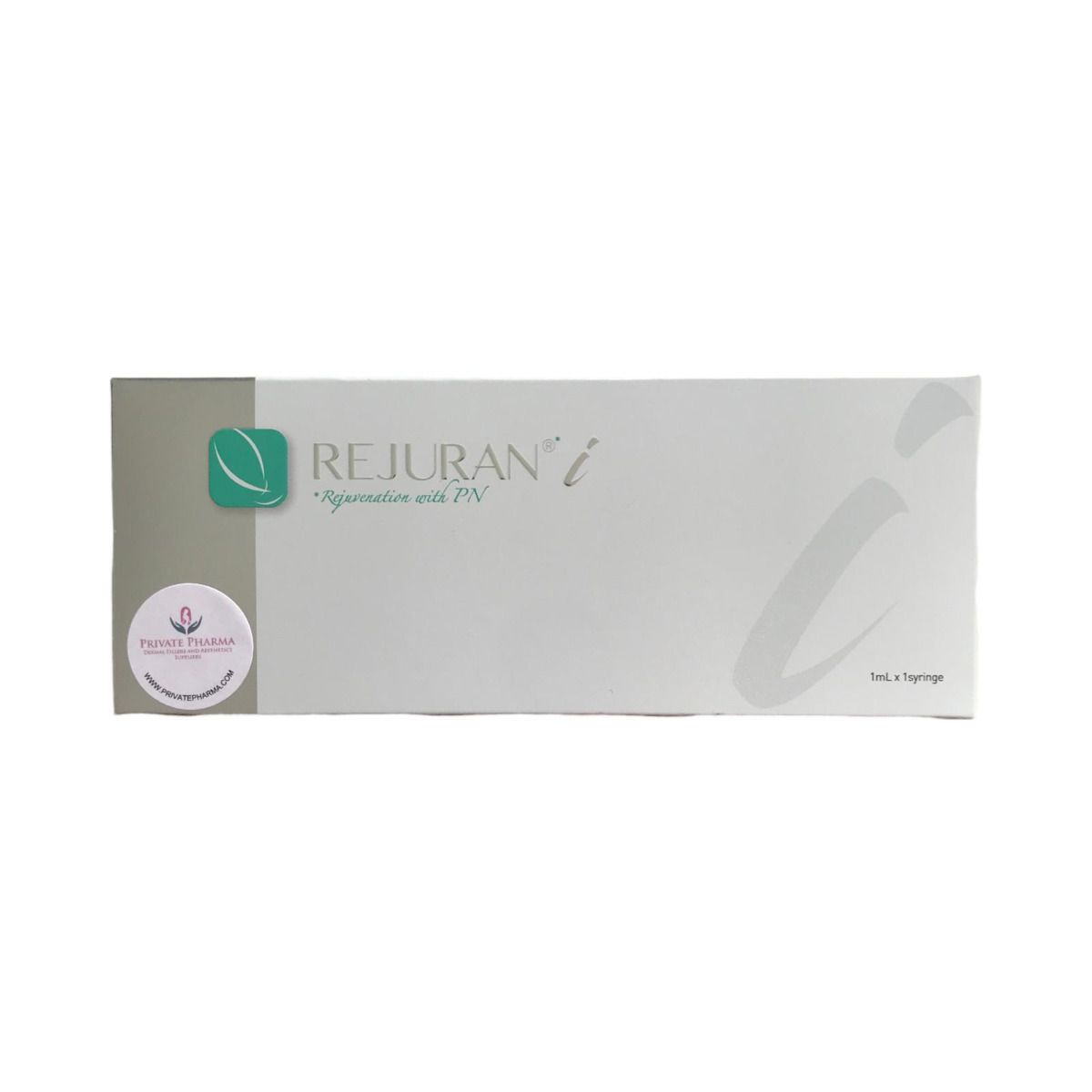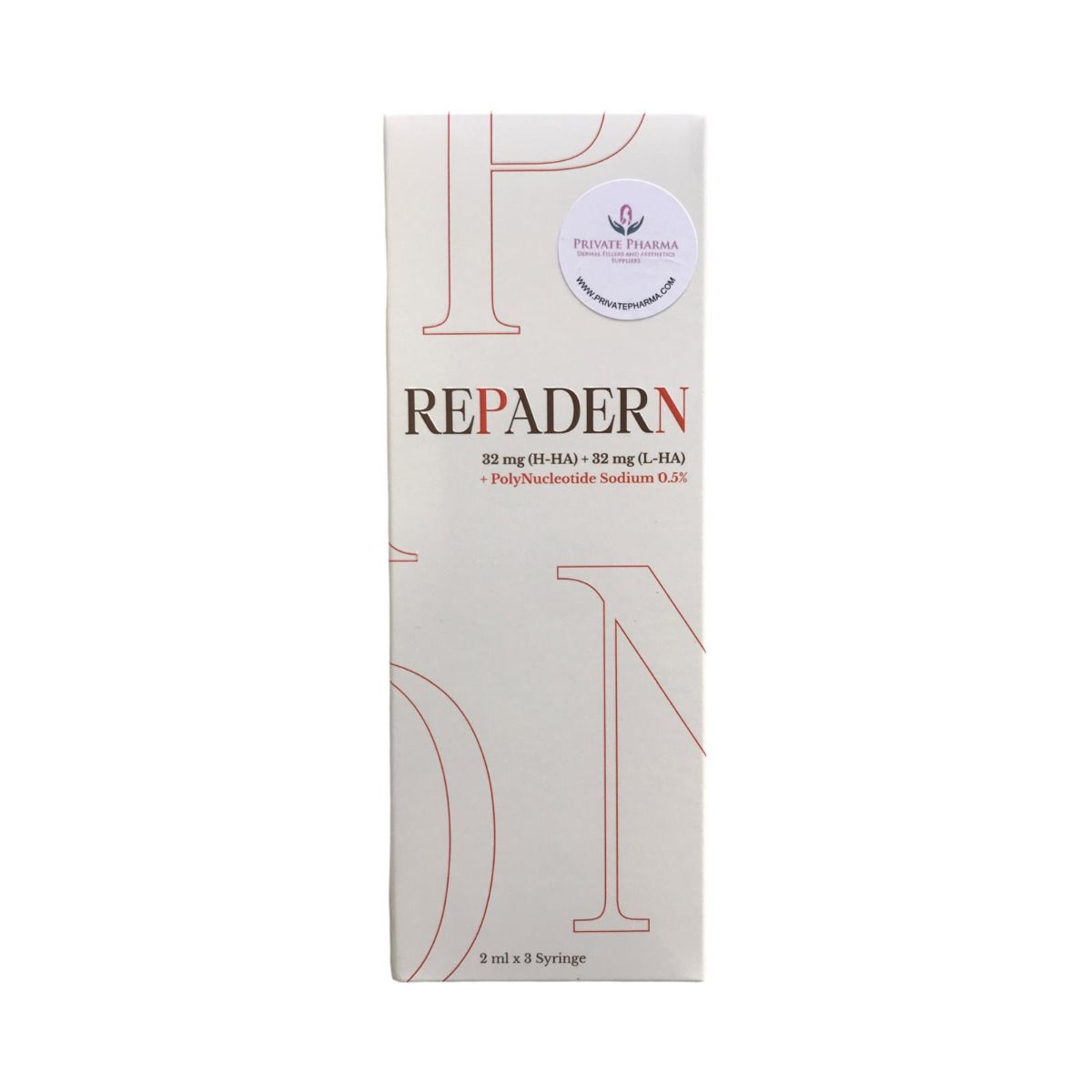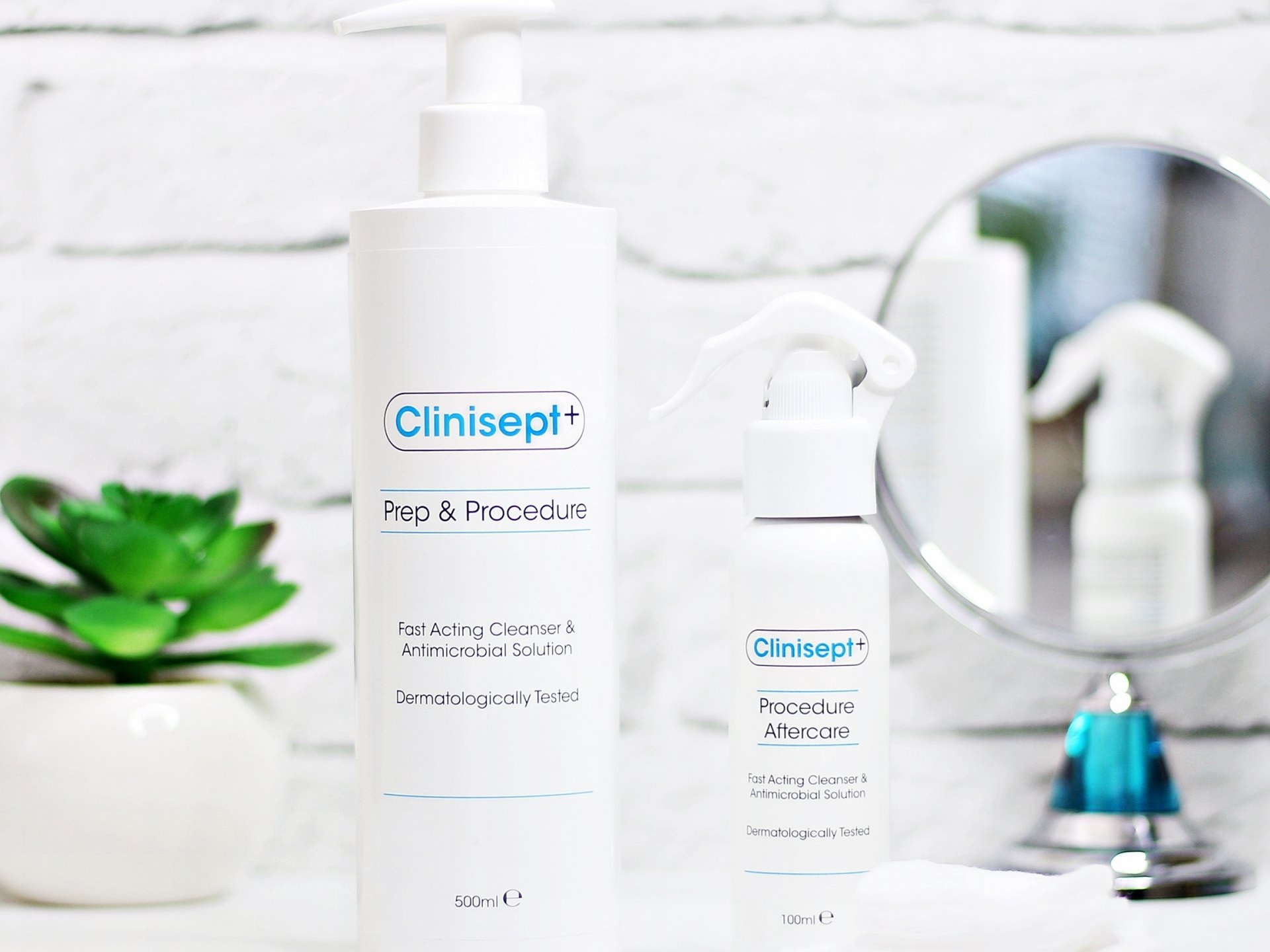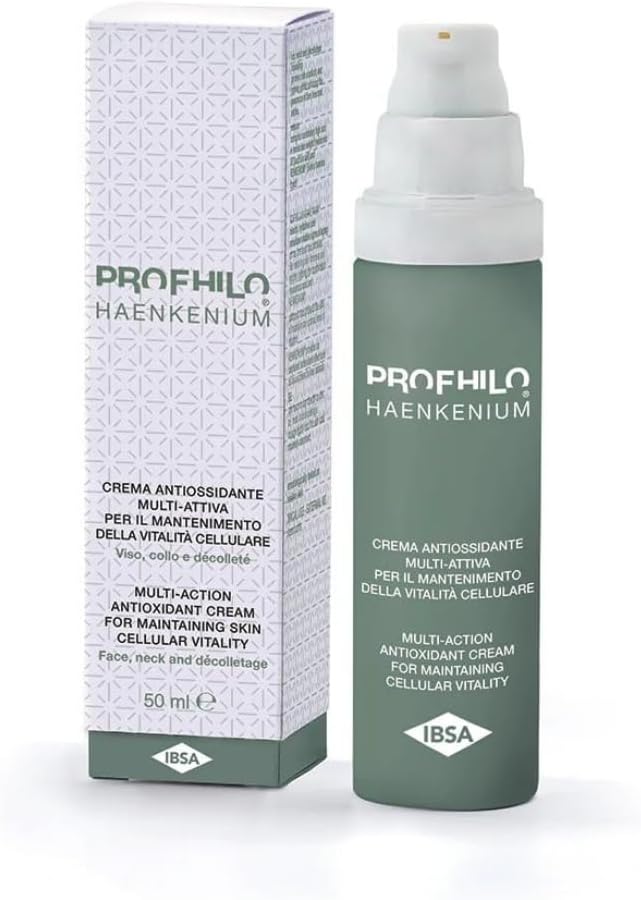
In recent years, dermal fillers have gained immense popularity as a non-surgical way to enhance facial features, smooth wrinkles, and restore youthful volume. But how do dermal fillers work, and what exactly makes them so effective in combating the signs of aging? In this blog, we’ll dive into the science behind dermal fillers, how they’re applied, and what you can expect from the procedure.
What Are Dermal Fillers?
Dermal fillers are gel-like substances that are injected beneath the skin to restore lost volume, smooth out wrinkles, enhance facial contours, or plump up areas like the lips and cheeks. Unlike Botox, which relaxes muscles to prevent wrinkles from forming, dermal fillers physically fill areas of the face to create a more youthful appearance.
The most common types of dermal fillers are made from the following ingredients:
- Hyaluronic Acid (HA): This naturally occurring substance in the skin is responsible for hydration and plumpness. HA fillers, such as Juvederm and Restylane, add volume and attract water molecules to the treated area, providing long-lasting moisture.
- Calcium Hydroxylapatite (CaHA): Found in Radiesse, this filler is made from a substance found in human bones. It’s thicker than HA fillers and is used to treat deeper wrinkles and improve facial contours.
- Poly-L-Lactic Acid: Known by the brand name Sculptra, this filler helps stimulate the body’s collagen production over time, which gradually improves volume loss in areas such as the cheeks.
- Polymethylmethacrylate (PMMA): A semi-permanent filler, PMMA is used in products like Bellafill. It contains collagen and tiny beads that remain in the skin to provide long-term support to the treated area.
How Do Dermal Fillers Work?
Dermal fillers work by restoring volume and elasticity that naturally diminish as we age. The key to their effectiveness lies in their ability to address specific signs of aging and enhance features without surgery.
Here’s how they work at a deeper level:
- Restoring Volume and Hydration: As we age, our bodies produce less collagen, hyaluronic acid, and elastin, leading to thinner skin, volume loss, and the development of fine lines and wrinkles. Dermal fillers, especially those containing hyaluronic acid, restore this lost volume and moisture. When injected, they plump up the skin by adding structure and attracting water to the treatment area, creating a more youthful and hydrated appearance.
- Stimulating Collagen Production: Certain dermal fillers, such as Poly-L-Lactic Acid (Sculptra), work by stimulating the skin’s natural collagen production. Collagen is a protein responsible for the skin's firmness and elasticity, but as production declines with age, skin starts to sag and wrinkles form. Fillers that promote collagen production help rejuvenate the skin over time by building the skin's support structure from within, offering long-lasting, natural-looking results.
- Smoothing Wrinkles and Fine Lines: Dermal fillers can target various types of wrinkles, including nasolabial folds (the deep lines from the nose to the mouth) and marionette lines (lines that run from the mouth to the chin). By adding volume beneath the skin, the filler lifts the depressed areas, resulting in a smoother surface and less visible wrinkles. For finer lines, softer fillers with a smoother texture, such as HA fillers, are often used.
- Enhancing Facial Contours: In addition to addressing wrinkles, dermal fillers are widely used to enhance specific facial features such as the lips, cheekbones, and jawline. By strategically injecting fillers, practitioners can add definition to the cheekbones, give the lips a fuller appearance, or contour the jawline. These enhancements create more symmetry and balance in the face, providing subtle yet impactful improvements.
The Procedure: What to Expect
Dermal filler treatments are quick, minimally invasive, and can be performed in a doctor’s office. Here’s a step-by-step guide to what you can expect during the procedure:
- Consultation: The first step is a consultation with a qualified practitioner. During this consultation, you'll discuss your aesthetic goals, review your medical history, and the practitioner will recommend the best type of filler for your specific needs.
- Pre-Treatment Preparation: Before the injection, the area may be numbed with a topical anesthetic to reduce discomfort. Some dermal fillers also contain lidocaine, a local anesthetic, to make the injection more comfortable.
- Injection Process: Using a fine needle, the practitioner will inject small amounts of the filler into the targeted areas. The depth and placement of the injections will depend on the area being treated and the type of filler used. The entire process typically takes 15 to 60 minutes, depending on the number of areas being treated.
- Immediate Results: One of the advantages of dermal fillers is that you’ll see immediate results after the treatment. While some swelling or bruising may occur, most patients can return to their regular activities immediately.
How Long Do Dermal Fillers Last?
The longevity of dermal fillers depends on the type of filler used, the area treated, and individual factors such as metabolism and skin condition. On average:
- Hyaluronic acid fillers last 6 to 18 months.
- Calcium hydroxylapatite fillers can last up to a year or longer.
- Poly-L-lactic acid fillers require multiple treatments but can last over two years.
- PMMA fillers offer semi-permanent results that can last several years.
Are Dermal Fillers Safe?
When performed by a qualified, experienced practitioner, dermal fillers are considered safe. However, as with any medical procedure, there are potential side effects, such as:
- Temporary swelling, redness, or bruising at the injection site
- Lumps or bumps under the skin (which can be massaged out in most cases)
- Rarely, allergic reactions or infections may occur
It’s essential to choose a licensed professional to minimize these risks and ensure optimal results.
Conclusion: A Versatile Anti-Aging Solution
Dermal fillers are an effective, minimally invasive option for those seeking to reduce the signs of aging, restore lost volume, and enhance facial features. With instant results, little downtime, and long-lasting effects, it’s no wonder they’ve become a go-to cosmetic treatment for people of all ages. If you’re considering dermal fillers, consult with a skilled practitioner to discuss your goals and find the right treatment plan for you.






